Archaeologists working in the historic center of Třebíč are bringing a long-running investigation to its final phase, concluding several years of research into the town’s twelfth-century origins. In Moravia, west of Brno, Třebíč has been the focus of a major excavation on Karlovo and Martinského squares, a project that recently earned the Patrimonium pro futuro award from the National Heritage Institute.
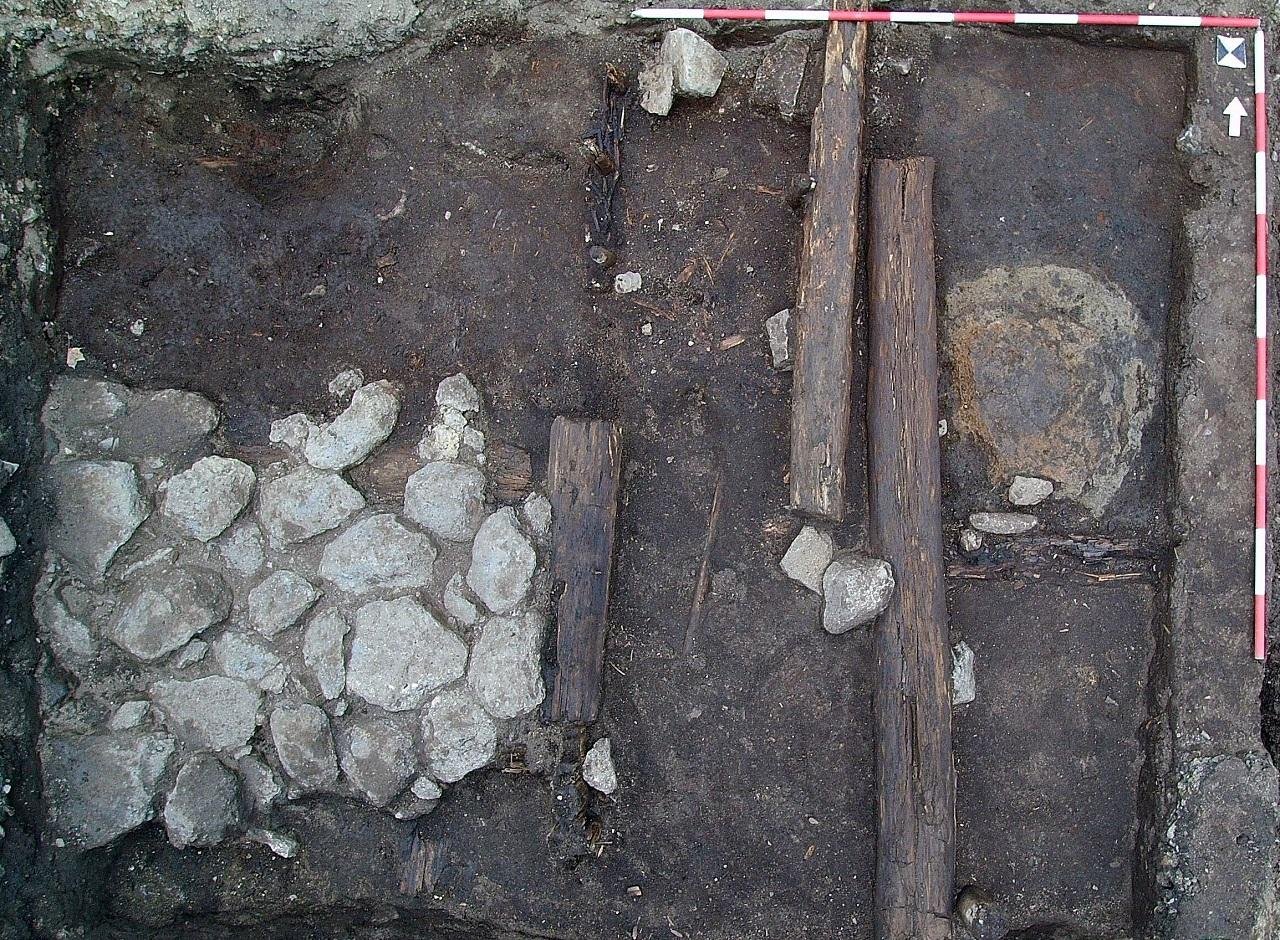
Within the site, the team discovered a vast array of artifacts that trace the early development and daily life of the settlement. The early thirteenth-century fragments of dark, carved pottery are among the most valuable finds. Since they were in use only for a few decades, they are valuable markers for dating the layers of the site; their presence provides insight into the ordinary households that once filled the growing town.
More astonishing were artifacts indicating a high-status community. One of the most sensational discoveries is the upper part of a leather shoe with pure gold decoration. Similar findings have been recorded in only a few places so far, such as Wrocław, which makes the Třebíč fragment extremely rare.
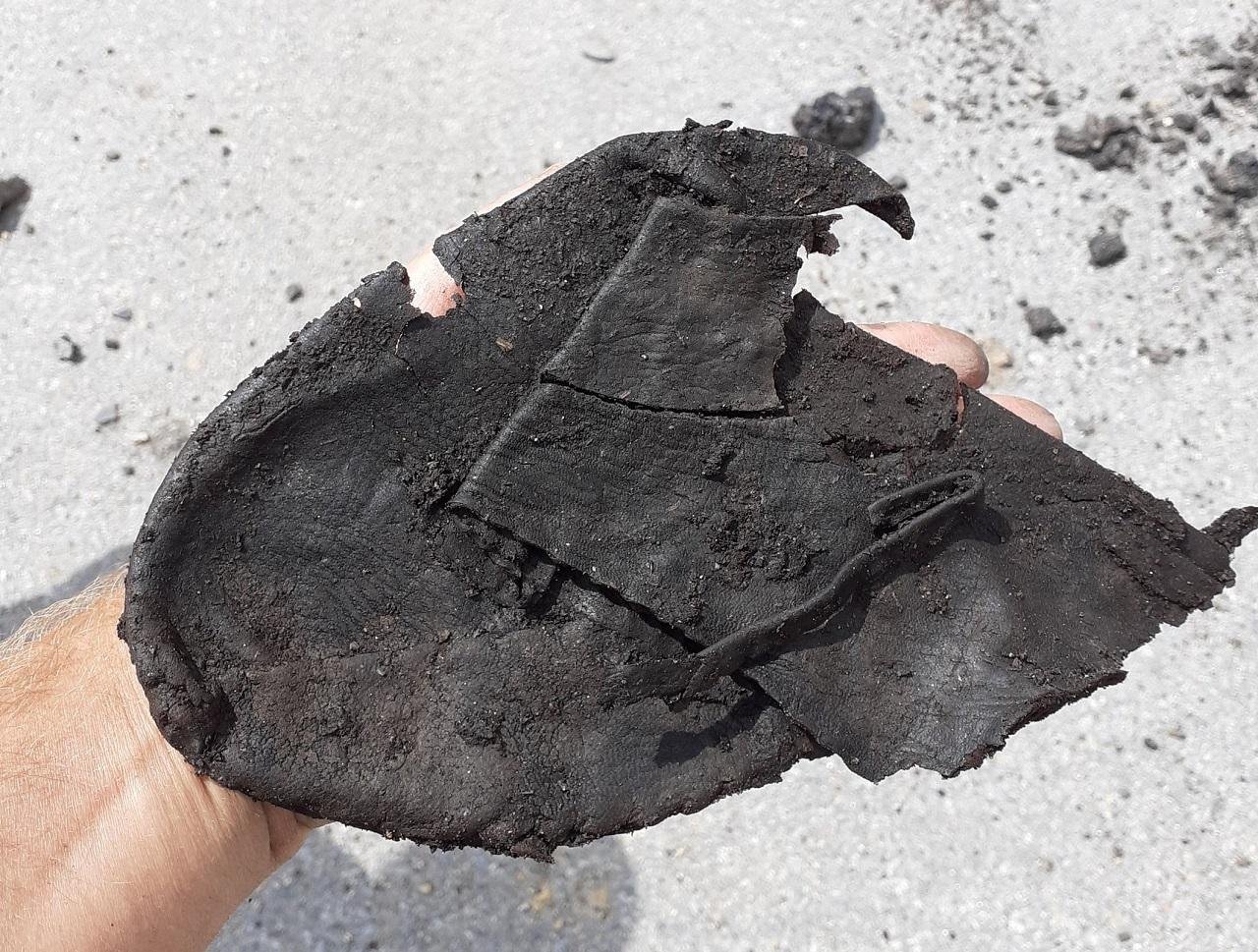
These types of decorative footwear are found in medieval manuscripts only as part of the attire of high-ranking elites; thus, it can be assumed that in the settlement, which may have had some relationship with nearby Znojmo in the early 1200s, individuals of significant social rank were present or were performing administrative tasks.
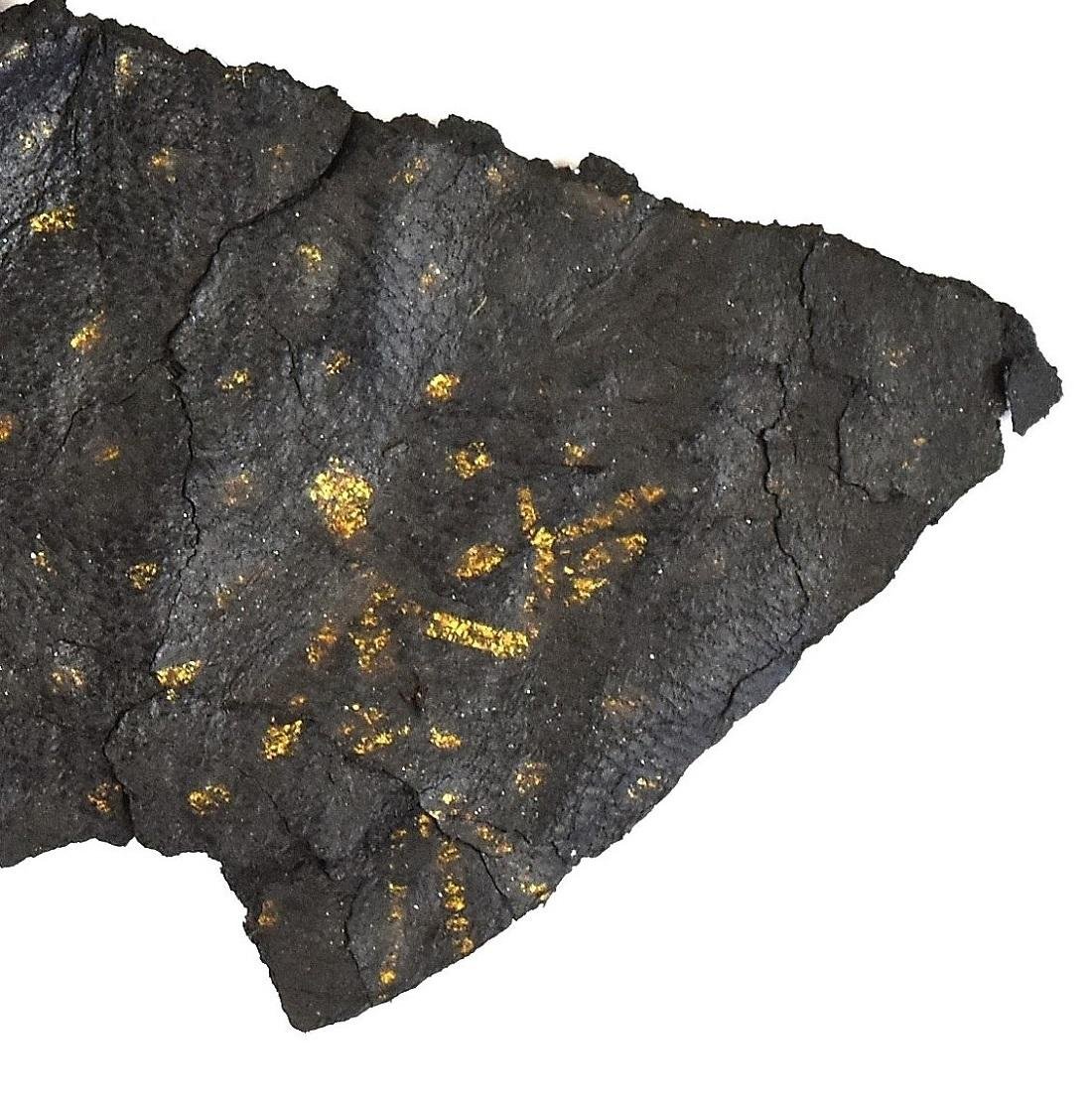
Excavations also revealed a group of wooden structures preserved under the square: a bakery, a blacksmith’s workshop, a timber-processing space, a millet-drying facility, and perhaps a stable. All of these buildings, taken together, show a well-organized settlement with an active economic life, supporting both local production and everyday needs.
While many artifacts have already been added to the permanent exhibition of the Třebíč Museum, others, including human remains connected to executions carried out in the medieval period, remain under study. Researchers are focusing now on cataloguing, documenting, and analyzing the large volume of material recovered.
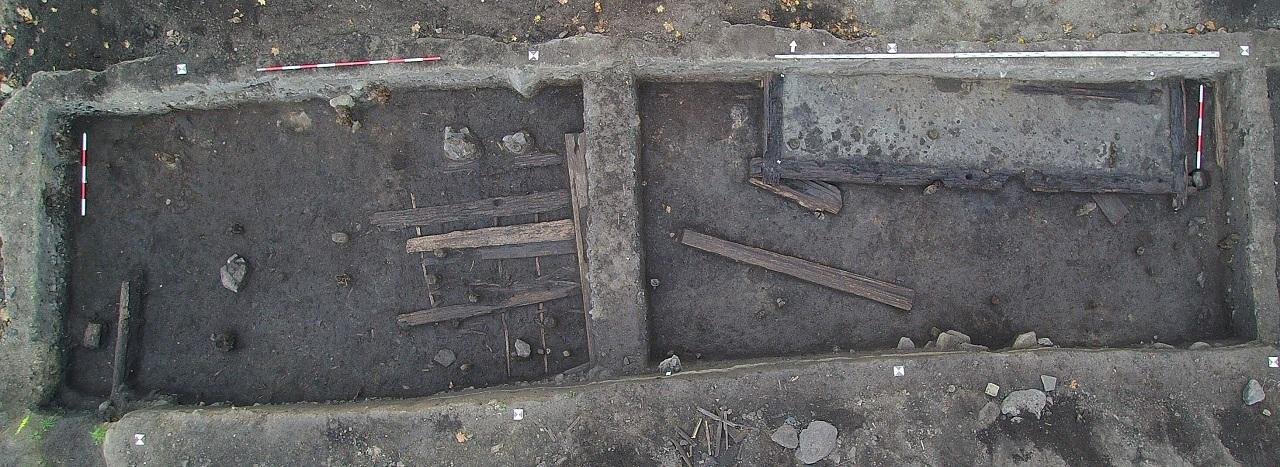
The tracing of the origins of resources utilized by the early inhabitants is a key part of the final stage of the project. Specialists are studying where people acquired key materials, like graphite, clay used in mortars and floor coatings, and stone for construction. This will give them a far more detailed picture of how the settlement was supplied and what its role was in the wider region.
More information: Czech National Heritage Institute




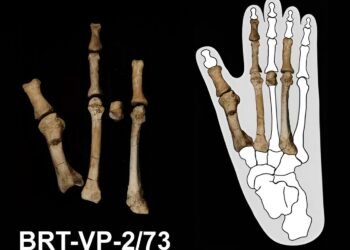
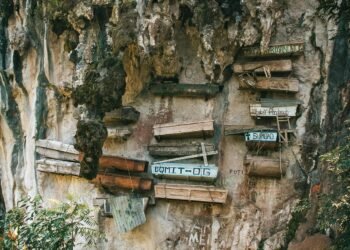
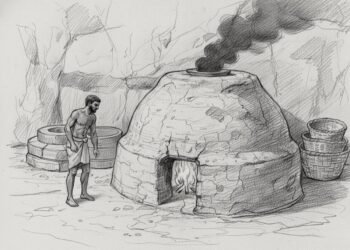
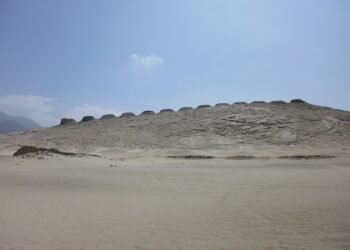
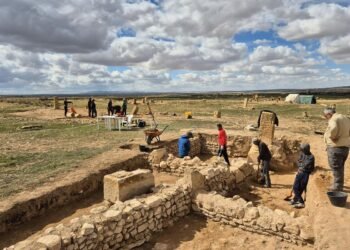















Comments 0